#Daniel Coyle
Explore tagged Tumblr posts
Text
0 notes
Text


Daniel Coyle
0 notes
Text
"We tend to think of our memory as a tape recorder, but that's wrong. It's a living structure, a scaffold of nearly infinite size. The more we generate impulses, encountering and overcoming difficulties, the more scaffolding we build. The more scaffolding we build, the faster we learn."
"Struggling in certain targeted way - operating at the edges of your ability, where you make mistakes - makes you smarter."
"There was an experiment by psychologist Henry Roediger at Washington University of St. Louis, where students were divided into two groups to study a natural history text. Group A studied the paper for four sessions. Group B studied only once but was tested three times. A week later both groups were tested, and Group B scored 50 percent higher than Group A."
- Daniel Coyle, from The Talent Code
0 notes
Text
New Skill.

View On WordPress
0 notes
Text

Volbeat and Bad Wolves at the end of their 2022 European tour
🎫 Volbeat | 📸 Britt Bowman
#volbeat#bad wolves#2022#michael poulsen#rob caggiano#kaspar boye larsen#jon larsen#daniel Laskiewicz#dl#doc coyle#john boecklin#kyle konkiel#chris cain#plaid#green plaid#trucker cap#so long suckers#britt bowman photography#servant of the road tour
3 notes
·
View notes
Text












d-divulgación
algunas cuentas y plataformas de divulgación lgbt:)
#diculgacion#archivo de margenes#minuscula#nerea perez de las heras#schuyer bailar#mattxiv#rowan ellis#peliculitasdelesbiana#contrapoints#bruno leon#alok#tigrillo#daniel valero#rainbowhistoryclass#dany coyle
2 notes
·
View notes
Text
PILLOW PARTY MASSACRE Retro slasher - reviews - free on Plex, Roku, Tubi, YouTube
Pillow Party Massacre is a 2023 slasher horror film about five female friends who meet up for a week-long Summer getaway in the woods. Hoping to reconnect and reconcile they are, unfortunately, all haunted by an April Fool’s prank that went fatally wrong two years previously. Written and directed by Calvin Morie McCarthy (Conjuring: the Beyond; Mutant Vampires from the Planet Neptune; A Haunting…
#2023#Amy DiLorenzo#Calvin Morie McCarthy#Daniel Donlon#free online#Laura Welsh#movie film#Pillow Party Massacre#review reviews#Sebastian Bjorn#slasher horror#Tim Coyle#trailer
0 notes
Text
LONGINES League of Nations™ Final 2024 - neun Teams für das Finale qualifiziert
Auch Christian Kukuk , der Einzel-Olympiasieger von Paris, geht in Barcelona an den Start (Foto: Silvia Reiner) Beim LONGINES League of Nations™ Final gehen neun Teams an den Start Gastgeber Spanien Mariano Martinez Bastida, Santiago Nunez Riva, Alberto Marquez Galobardes, Armando Trapote Mariano MARTINEZ BASTIDA . Copyright ©FEI/ThomasReiner.pro Niederlande Maikel van der Vleuten, Lars…
#Aaron Vale#Alain JUFER#Alberto Marquez Galobardes#Alex Mtz#André Thieme#Armando Trapote#Christian Kukuk#Cian O&039;Connor#Daniel Coyle#Denis Lynch#Harrie Smolders#Henrik von Eckermann#Jana Wargers#Julien Epaillard#Kevin Staut#Kim Emmen#Lars Kersten#Lucy Davis Kennedy#Maikel van der Vleuten#Malin Baryard-Johnsson#Mariano Martinez Bastida#Marlon Modolo Zanotelli#Martin Fuchs#Michael Pender#Olivier Perreau#Olivier Robert#Peder Fredricson#Pedro Veniss#Pius Schwizer#Richard Vogel
0 notes
Text
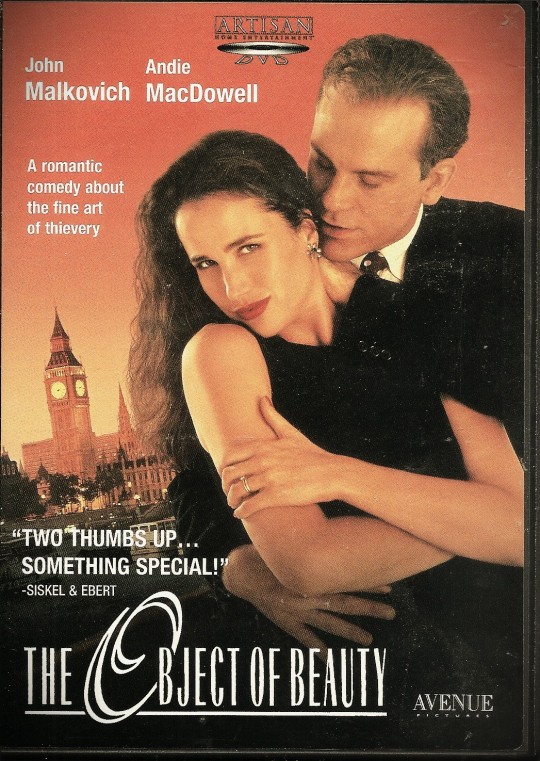
Bad movie I have The Object of Beauty 1991
#The Object of Beauty#John Malkovich#Andie MacDowell#Lolita Davidovich#Rudi Davies#Joss Ackland#Bill Paterson#Ricci Harnett#Peter Riegert#Jack Shepherd#Rosemary Martin#Roger Lloyd Pack#Andrew Hawkins#Pip Torrens#Stephen Churchett#Annie Hayes#Richard Ireson#Barry J. Gordon#Jeremy Sinden#Ginger Corbett#John Crocker#Victoria Willing#Lara De Almeida#Liz Daniels#Cole Parker#Wayne Bailey#Stewart Miller#Brian Coyle#Dillon O'Mahoney#Massimo Burlini
1 note
·
View note
Text
In the early 1960s, weeks before his assassination, President John F. Kennedy signed a mental-health bill into law and declared that “under present conditions of scientific achievement, it will be possible for a nation as rich in human and material resources as ours to make the remote reaches of the mind accessible.” American science, he pledged, would not just land a man on the moon but would triumph over mental illness.
This confidence stemmed from psychiatry’s first pharmaceutical breakthrough a decade earlier, the discovery of chlorpromazine (marketed in the United States as Thorazine), the original antipsychotic. The drug brought on debilitating side effects — a shuffling gait, facial rigidity, persistent tics, stupor — but it becalmed difficult behavior and seemed to curtail aberrant beliefs. The Times hailed the drug’s “humanitarian and social significance,” and Time magazine compared Thorazine to the “germ-killing sulfas,” groundbreaking drugs developed in the 1930s and 1940s to fight off bacterial infections. But patients didn’t seem persuaded that the benefits outweighed the harm; they frequently abandoned their medication.
Thorazine was followed by Haldol, a more potent antipsychotic whose side effects were no kinder. Yet each drug contributed to a sweeping release of residents from psychiatric asylums, and by the 1970s, crude concepts emerged about how these medications work. Overactive systems of dopamine, a neurotransmitter, were thought to be the culprit in psychosis, and antipsychotics inhibited these systems. The problem was that they impaired dopamine networks all over the brain, including in ways that led to movement disorders and torpor.
By the 1980s, though, biological psychiatrists believed that they would solve this flaw by creating more finely tuned antipsychotics. Joseph Coyle, then a professor of psychiatry and neuroscience at the Johns Hopkins School of Medicine, was quoted in a 1984 Pulitzer Prize-winning Baltimore Sun series that heralded new brain research and deftly targeted antipsychotics and other psychotropics on the horizon: “We’ve gone from ignorance to almost a surfeit of knowledge in only 10 years.” A protégé of Coyle’s, Donald Goff, now a psychiatry professor at New York University’s Grossman School of Medicine and for decades one of the country’s pre-eminent researchers into psychosis, told me, about the end of the 1980s, “Those were heady years.” Every day, as he neared a Boston clinic he directed, he saw the marks of Haldol in some of the people he passed on the sidewalk: “As you approached, there were the patients from the clinic with their strange movements, their bent-over bodies, their tremors. Not only was the illness debilitating; the medications were leaving them physically so miserable.” Yet he sensed, he said, “the possibility of limitless progress.”
What were christened the “second-generation antipsychotics” — among them Risperdal, Seroquel and Zyprexa — came on the market mostly in the 1990s. In addition to their assault on dopamine, they seemed to act, in lesser ways, on other neurotransmitters, and they appeared to have fewer side effects. “There was so much optimism,” Goff remembered. “We were sure we were improving people’s lives.” But quickly worries arose, and eventually Eli Lilly and Johnson & Johnson, makers of Zyprexa and Risperdal, would pay out several billions of dollars — a fraction of the drugs’ profits — in lawsuits over illegal marketing and the drugs’ effects on users’ metabolisms. Zyprexa caused a greatly heightened risk of diabetes and severe weight gain (Eli Lilly concealed internal data showing that 16 percent of patients gained over 66 pounds on Zyprexa). Some boys and young men who took Risperdal were affected by gynecomastia; they grew pendulous breasts. In 2005, the N.I.M.H. published a study with 1,460 subjects looking at whether the new antipsychotics were in fact better, in efficacy or safety, than one of the first-generation drugs. The answer was no. “It was a resounding disappointment,” Goff said, though he advocates long-term and probably lifelong medication as, on balance, the best way to guard against psychiatric devastation.
“If you look at the treatments we have right now,” Coyle, Goff’s mentor, told me, “in terms of their fundamental mechanisms” — the drugs’ disruption of dopamine pathways — “they’re no different than they were almost 70 years ago with the discovery of chlorpromazine. That’s pretty scary.”
— Doctors Gave Her Antipsychotics. She Decided to Live With Her Voices.
#daniel bergner#doctors gave her antipsychotics. she decided to live with her voices.#history#medical history#psychology#psychiatry#pharmacology#chemistry#biochemistry#medicine#mental illness#mental health#usa#john f. kennedy#joseph t. coyle#donald c. goff#schizophrenia#psychosis#hallucinations#chlorpromazine#haldol#risperidone#quetiapine#olanzapine
1 note
·
View note
Photo










Gallery: Oleo Mac @ Rickshaw Theatre - Vancouver, BC Date: April 21, 2023 Photographed by: Danielle Costelo
#Danielle Costelo#PRmusic#PRphoto#Music#live music#Vancouver#yvr#Rickshaw Theatre#The Rickshaw Theatre#Rickshaw#YVR Music Calendar#concert#concert photography#concert photos#concerts#gig#Oleo Mac#Oleo Mac Band#John O'Connell#Shane Coyle#Joey Kirwan#Daragh O'Brien
0 notes
Text

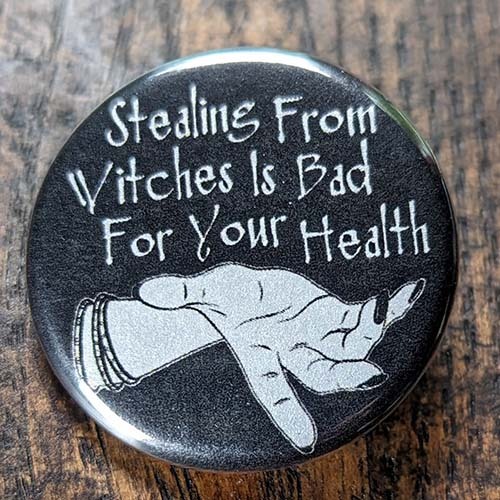
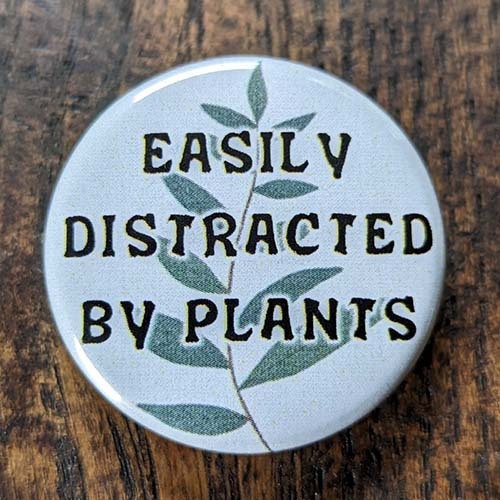

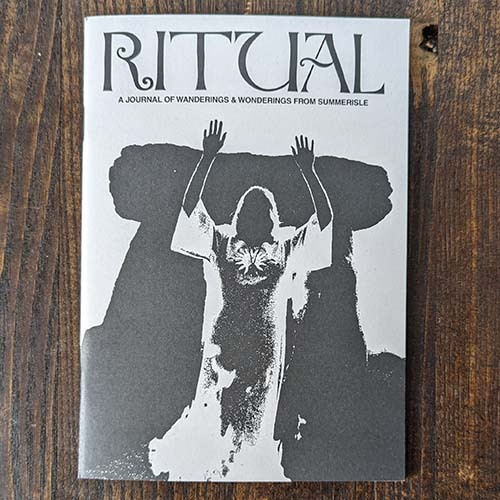

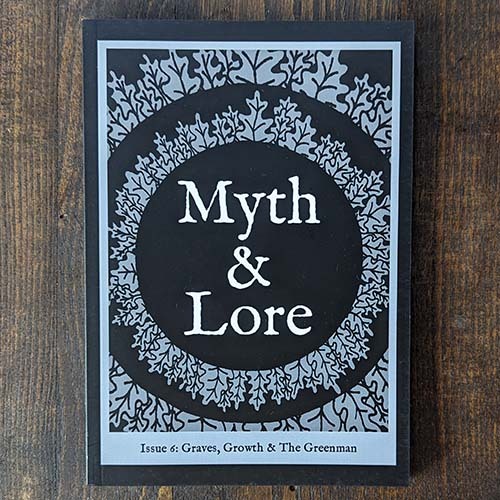





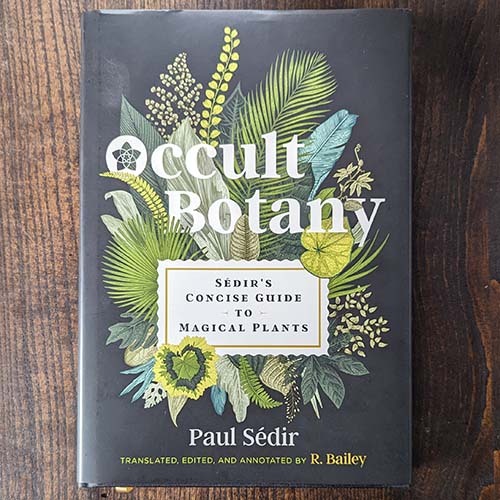






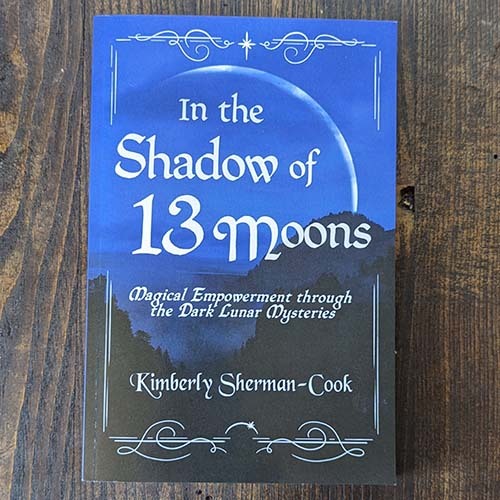

It's been a busy vending season! I finally got a chance to update the website with these new buttons, zines, books, and organizers!
Portland Button Works & Spiral House Shop September 22, 2023! - New in Stock for Autumn!
BUTTONS
ACABradabra
Stealing From Witches Is Bad For Your Health
Easily Distracted by Plants
Easily Distracted by Cats
ZINES
Ritual (from the folks at Weird Walk comes a fanzine about The Wicker Man)
Frogs Teeth Field Guide Issues 1, 2, 3
Myth & Lore Issues 1, 2, 3, 4, 5, & 6
SLINGSHOT ORGANIZERS
Small pocket sized
Small spiral bound
Large spiral bound
BOOKS
Sigil Magic: For Writers and Other Creatives by T. Throrn Coyle
Magical House Protection : The Archeology of Counter-Witchcraft by Brian Hoggard
Witch Bottles: History, Culture. Magic by Daniel Harms
Occult Botany: Sédir's Concise Guide to Magical Plants by Paul Sédir
The Treadwell's Book of Plant Magic by Christina Oakley Harrington
One Time Around The Wheel by Same Croke
Black Dog Folklore by Mark Normal
The Cornish Traditional Year by Simon Reed
From Granite to Sea: The Folklore of Bodmin Moor and East Cornwall by Alex Langstone
The Kitchen Witch: Your Complete Guide to Creating a Magical Kitchen with Natural Ingredients, Sacred Rituals, and Spellwork
In the Shadows of 13 Moons: Magical Empowerment through the Dar Lunar Mysteries by Kimberly Sherman-Cook
Mountain Magic: Explore the Secrets of Old Time Witchcraft by Rebecca Beyer
#ACAB#witch shop#witch store#witchblr#witchcraft*#witch books#magic books#green witchcraft#pagan#slingshot organizers#traditional witchcraft#folk magic#treadwells#plant magic#sigils#sigil magic#witch bottles#magical protection#black dogs#shadow work#conish magic#cornish witchcraft#kitchen witch#gemma gary#troy books#wickerman#wicker man#myth & lore#myth and lore#witchy zines
449 notes
·
View notes
Text
Baby steps.
“Baby steps are the royal road to skill.” _Daniel Coyle

View On WordPress
0 notes
Text

Silly little am relationship chart I made for funsies :] the actual relationships under the cut mdndjdnf
n also thats not all the ocs mostly bc . i have no idea what to put for the rest HENDKDND

Familial
family bonds!!!! Blood related and not :] all ocs r not blood related to those they r connected to but have sibling bonds just as strong as those that are
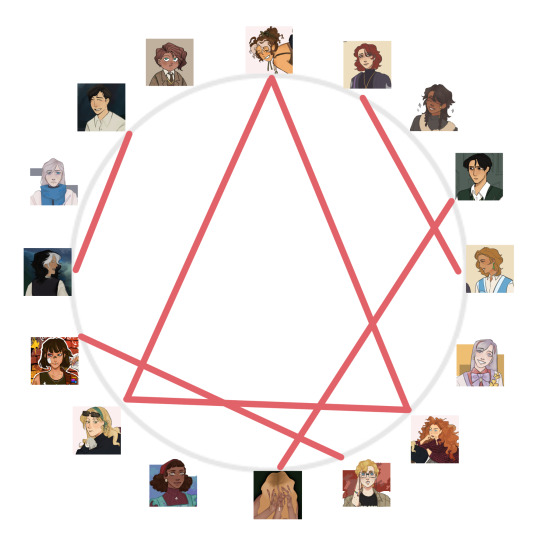
Romantic
pretty self explanatory i think... Trafficlight (Abigail/Somerild/Cassandra), Goldenpage (Aslan/Daniel), Fish n chips (Fischer/Octavian), RoVin (Robyn/Kevin), Coyle (Colby/Kyle)

Platonic
hehehehehdbehejdnjensnakekednjeebebebdhhebe

Distanced
kept at arm's length to be simply put... Lottie loves them all so dearly, genuinely, but god her seer visions make it so... anyway, tavi and colby steer clear of each other outside of group settings and aslan . is just deeply unsettled by how much kevin researches his family and ivy.. i forgot to put arrows pointed at ivy for most of them actually, they're trying but lord she is trigger-happy with evanesco.....

Fear
again with lottie!!! her seer stuff is . really putting a strain on her relationships but she's still doing her best to be normal around them, they don't even know about her future sights until much much later on because she wanted to save them from that :[ besides that, colby's fear of octavian comes from the duel that happened between his brother and tavi, while winnie and rory's fear stems from being evanescoed (almost for rory, if cj lost that saving roll abi would've taken the shot....), and kevin's fear is from knowing what winnie is n then there's just . kyle . rabid dog /aff

Loathing
:]
#just silly am!au stuff i made in between my uni research to keep my sanity intact#there are 3 ocs missing hhhhhelp its ok#am!au#not going to add other tags this is just for the sillies 🫶#feel free to use the base for silly ocs in am!au stuff if you'd like!!!!!!!#by putting the oc in the center i thiiiink?#i would just like to ask for the preexisting relationships to be kept in mind considering it iiiiiiis am!au :']#idk who'd actually do this tho mdndksmd#but have fun if u do!!!!!!!!!!!!!🫶🫶🫶🫶🫶
13 notes
·
View notes
Text

Charlie Coyle Via Daniele ig | 28.4.2024
35 notes
·
View notes
Text
Irland siegt in einem spannenden Finale der Longines League of Nations™ Ocala
Cian O’Connor, der Schlussreiter des siegreichen irischen Teams Das irische Team gewinnt die zweite Etappe der Longines League of Nations™ in Ocala Darragh Kenny Daniel Coyle und Legacy Cian O’CONNOR Shane Sweetnam Nach der ersten Runde der Longines League of Nations™ in Ocala lag das Team der USA mit Null Fehlerpunkten auf dem ersten Platz, gefolgt von den Iren, die ebenfalls fehlerfrei…

View On WordPress
#André Thieme#Christian Kukuk#Cian O&039;Connor#Daniel Coyle#Darragh Kenny#David Will#Legacy#Longines League of Nations™#Martin Fuchs#Ocala#Pius Schwizer#Richard Vogel#Steve Guerdat
0 notes